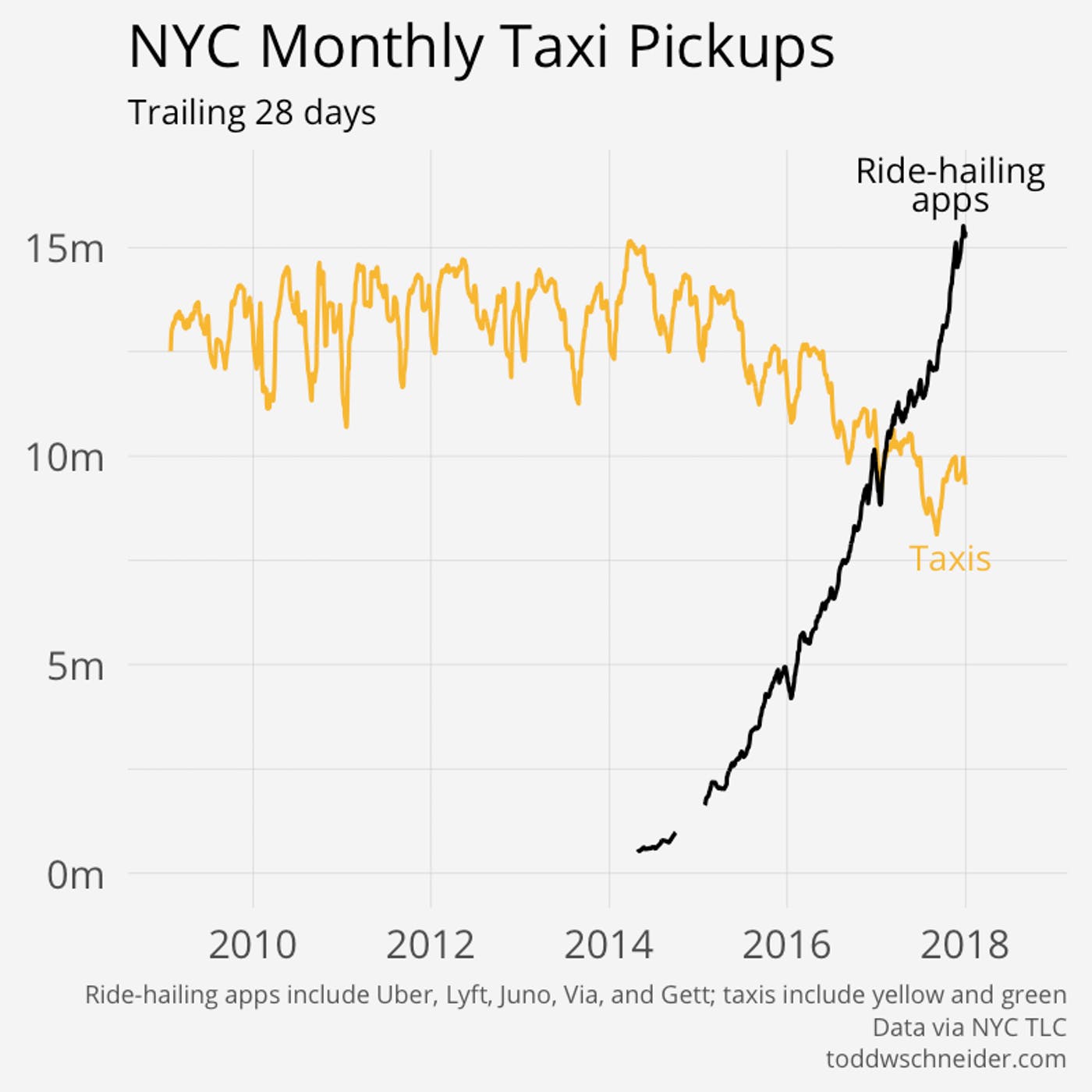Tags
Broken Windows Fallacy, Consumer Surplus, Dispatchable Power, Fossil fuels, Frederic Bastiat, Green Energy, Green Jobs, Job Creation, Keynesians, London’s Great Fire, Market Intervention, Michael Munger, Milton Friedman, Planned Obsolescence, Renewable Power, Societal Wealth

Investments in “green energy” create jobs, just like any other form of investment in physical assets. We’re told, however, that the transition to renewable energy sources will create a veritable jobs bonanza! Apparently, this is believed to be a great selling point for everyone to get behind. Sure, promoting job creation is always popular with politicians, and it is very popular with private actors seeking to win public funding of one kind or another.
The heavy emphasis on jobs creation brings to mind an old Milton Friedman story about a visit to China during which dignitaries brought him to a construction site, no doubt thinking he’d be impressed with their progressive investments in infrastructure. At the site, Friedman noticed workers digging a large trench or arroyo with shovels. When he asked why bulldozers or backhoes weren’t used, he was told that the jobs were too valuable. His response was something like, “Then have them use spoons!” The lesson, of course, is that merely creating jobs is not a prescription for building wealth and prosperity. But there is more at stake here than the low productivity of construction workers who lack the best tools.
There are some bad rationales for heavy investment in renewable energy sources, and I’ve addressed those at length previously. The appeal to job creation, however, is awful on simple economic grounds. It emphasizes a thing that is easily counted while ignoring massive costs that are generally untallied.
In the U.S. we have a huge base of productive capital that meets our energy needs, the bulk of which is built to utilize fossil fuels. That plant constitutes wealth to society, and not just to those with an ownership interest. Dispatchable power is available to the public at a rate below that at which they value the power. That ability to deliver consumer surplus on demand is a major aspect qualifying power capacity as societal wealth. The push for renewables, if wholly successful, would make the existing base of generating capacity redundant. There is no doubt that the ultimate goal of renewable energy advocates is to destroy existing capacity reliant on fossil fuels. They simply have not come to grips with the reality that it meets energy needs far more efficiently than intermittent renewables like wind and solar power. In spirit, the effort bears a strong similarity to destroying bulldozers to replace them with shovels, or spoons!
Recently, Michael Munger discussed the mistaken notion that renewable investments are justified based on job creation. He noted that with a coincident dismantling of the existing base of power generation, it amounts to exactly what Frederic Bastiat called the broken window fallacy, which insists that breaking windows is a great way to keep glaziers fully employed. There are many examples and variations on this idea, including so-called “planned obsolescence”.
Bastiat poked fun at an elite French government official who had marveled at the economic gains reaped in England with the rebuilding of London following the “Great Fire” of 1666. Bastiat engaged in some satire by suggesting that France could greatly benefit from burning Paris to the ground. But his point was serious: we often hear that reconstruction provides a silver lining for workers following hurricanes or other disasters. Fair enough: rebuild we must. The Keynesians among us would say it works out well for workers who are otherwise unemployed. Disasters destroy wealth, however, and often lives, not to mention opportunities for incremental wealth creation that are lost forever. The reconstruction jobs are not “good news”!
Unfortunately, people get carried away with broken windows arguments, using them to justify their own pet projects. The addition of new competing products and technologies is unquestionably healthy, but not when one side enlists the state as a partner in destroying viable incumbents and existing public or private wealth. For that matter, the state and its allies seem intent on destroying invested physical capital even before it’s services can come on line… if it’s viewed as the “wrong” kind of capital.
The costs of a transition to renewables is massive. The “big ask” for green energy involves not just taxpayer support for the build and usage, with all the inefficiencies endemic to taxation and market interventions. So-called green energy also entails huge environmental costs, and it calls for the wholesale destruction of an embedded industry. That means decommissioning invested assets having many years of useful life. And that goes for physical plant all the way from the wellhead to final use, including the destruction of stoves, cars, and other machines too numerous to mention. Those machines, by the way, still account for roughly 80% of our power use.
I leave you with part of Munger’s closing:
“Once you are duped into believing destruction is productive, almost everything that a rational public policy would label as a cost becomes, by some judo move of seraphic intuition, a benefit. … The problem is that jobs are not wealth. Wealth is access to the goods, products, and services that make our lives better. It is true that ‘studies show’ that wiping out all our productive wealth based on fossil fuels … would create jobs. Those ‘studies’ are among the best arguments against doing anything of the sort.”






